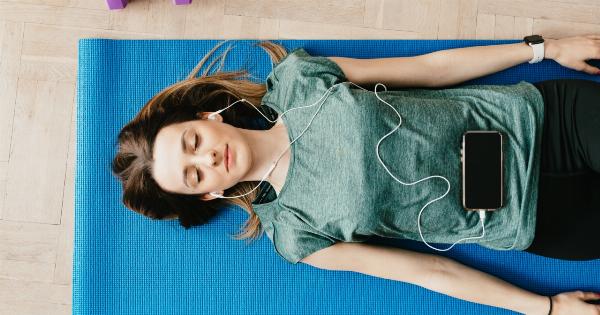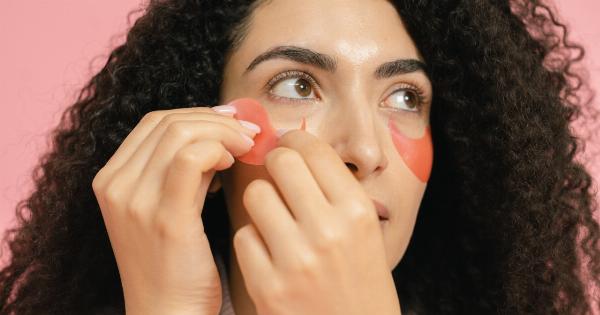Dry eye is a common condition that occurs when the eyes lack sufficient moisture, causing discomfort and irritation. Fortunately, there are several simple solutions to alleviate these symptoms. Here are a few quick fixes for dry eye discomfort:.
1. Use eye drops
Artificial tears or lubricating eye drops can be used to ease dry eye symptoms. These drops add moisture and can help reduce itching, burning, and redness. They can be purchased without a prescription and should be used as directed.
2. Blink frequently
When working on a computer or reading for extended periods, it’s easy to forget to blink. This can cause eyes to become dry and uncomfortable. Remind yourself to blink frequently to naturally lubricate your eyes and reduce dryness.
3. Adjust your computer screen
If you spend a lot of time working on a computer, your screen’s brightness and position can make a significant difference. Make sure your screen is not too bright, and position it to reduce glare.
Additionally, use an anti-glare screen if necessary to further reduce glare and eye strain.
4. Use a humidifier
Dry air can worsen dry eye symptoms. A humidifier adds moisture to the air, which can help reduce dryness in your eyes. Use a humidifier in the room where you spend the most time, especially when sleeping, to help keep your eyes lubricated during rest.
5. Take breaks
If you work on a computer for extended periods, it’s essential to take breaks. Stand up, stretch, and walk around every 20-30 minutes. This will help your eyes relax and reduce dryness and other symptoms.
Plus, taking breaks can reduce overall eye strain and fatigue.
6. Avoid irritants
Chemicals and irritants can aggravate and dry out eyes. Taking steps to avoid irritants like cigarette smoke, pollution, and strongly scented products can help reduce dry eye symptoms and help keep your eyes lubricated.
7. Increase Omega-3 intake
Studies have shown that omega-3 fatty acids can help reduce dry eye symptoms. Incorporate foods rich in omega-3 fatty acids, such as salmon, tuna, flaxseeds, and walnuts, into your diet.
Alternatively, speak to your doctor about taking omega-3 supplements.
8. Massaging eyelids
Massage your eyelids gently to stimulate the flow of oils and fluids to your tear ducts. This can help improve the quality of your tears and reduce dry eye symptoms.
Use a warm compress or a clean cloth to massage your eyelids for several minutes at a time.
9. Stay hydrated
Dehydration can contribute to dry eye symptoms, so it’s essential to stay hydrated. Drink plenty of water throughout the day, and avoid beverages that dehydrate you, such as alcohol and caffeine.
Aim for at least eight 8-ounce glasses of water per day.
10. Consult your doctor
If dry eye symptoms persist, it’s essential to consult your doctor. Your doctor can diagnose and treat underlying conditions that can cause or exacerbate dry eye, such as allergies, autoimmune disorders, or thyroid problems.
Additionally, they can prescribe prescription eye drops or suggest other treatments to alleviate dry eye discomfort.

























